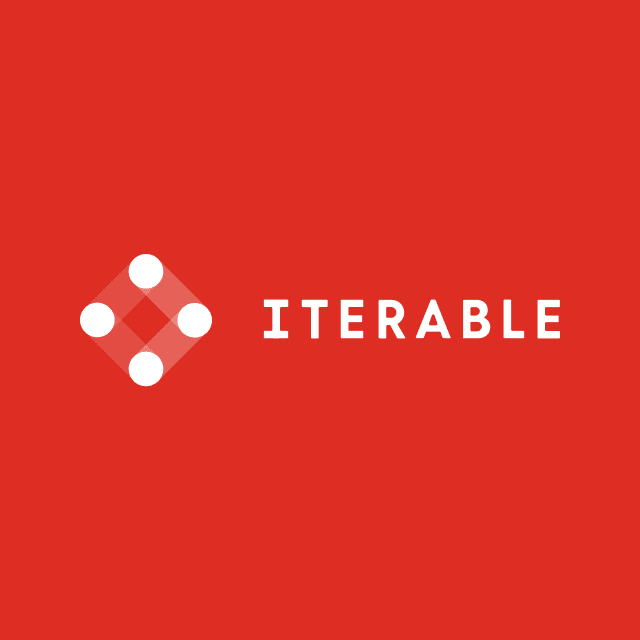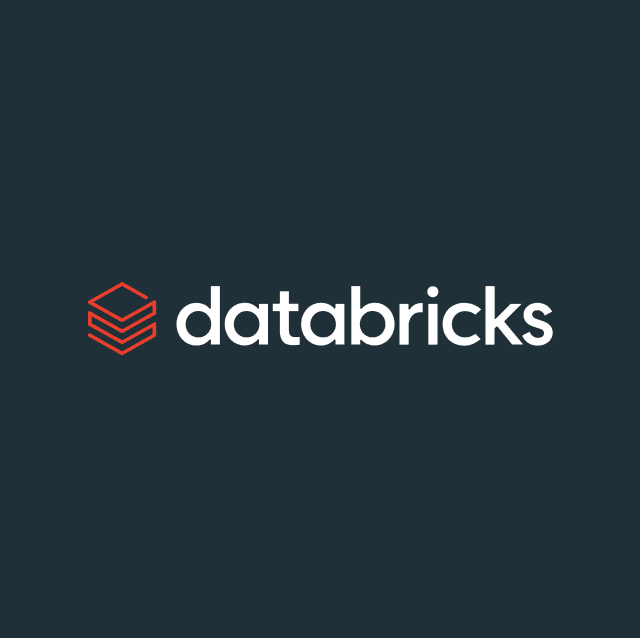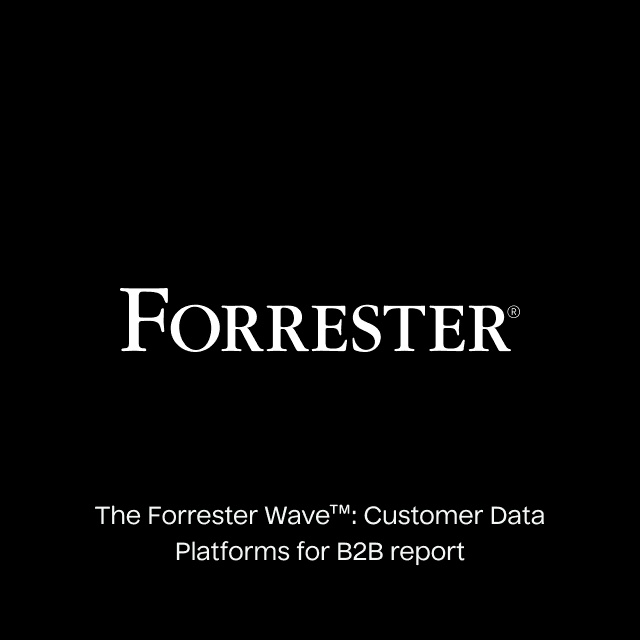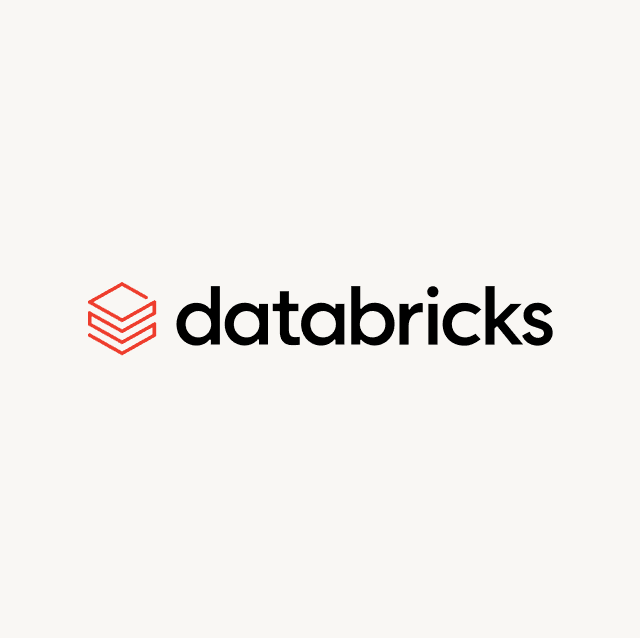Every board member and marketing executive is asking the same question: How do we invest in AI? A home-run swing could net millions. With so many innovative applications for AI out there, where do you start?
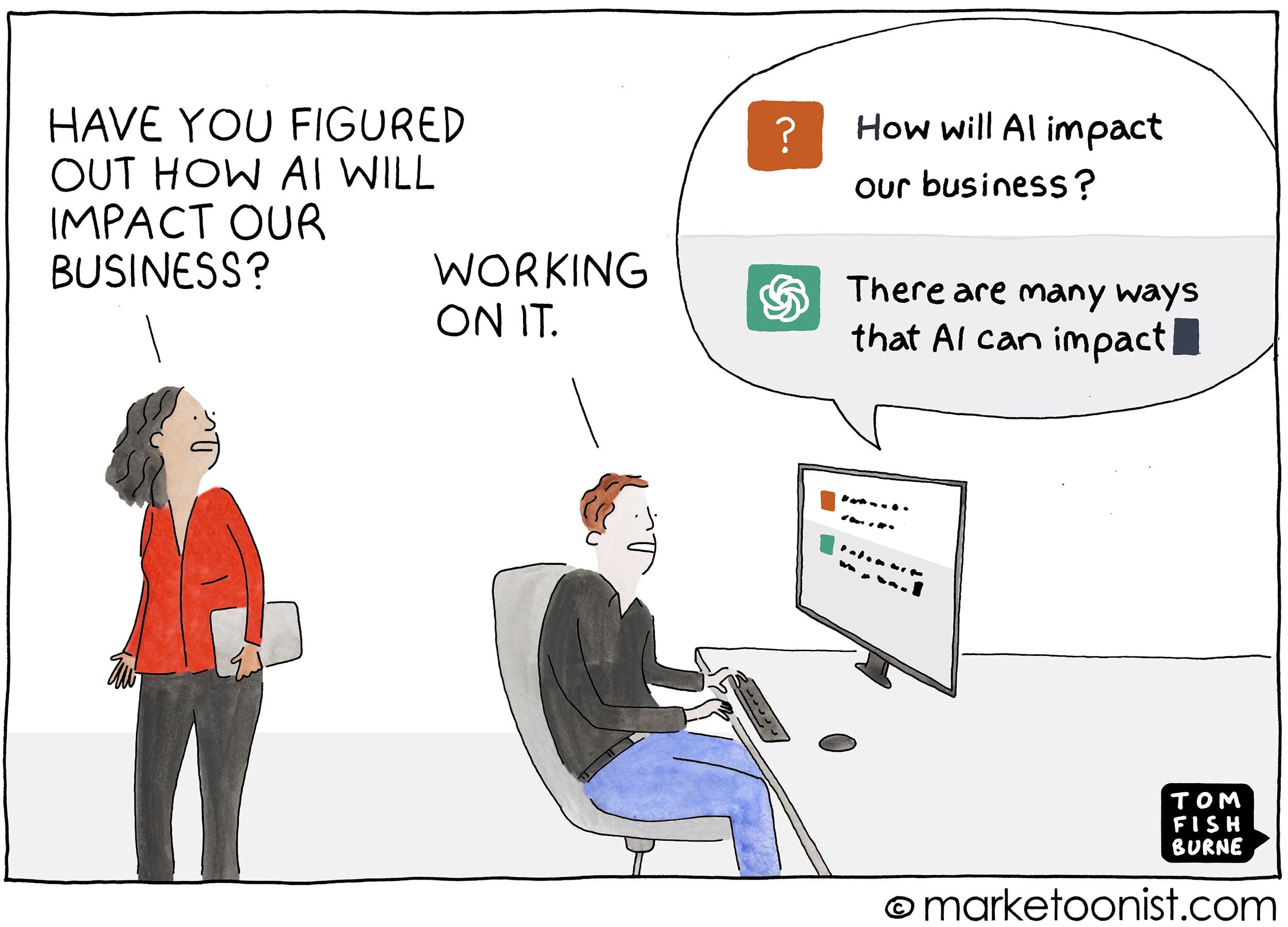
Since the launch of ChatGPT, marketing teams have been fascinated by the promise of using AI to write copy, brainstorm campaign ideas, and generate creative at lightning speed and a fraction of traditional costs.
Among all of the AI applications, there is one that should be at the top of your list but probably isn’t - despite being low effort, high impact, and well-proven across multiple industries:
Conversion tracking.
That’s right–that little piece of data you send to ad platforms to tell them that someone made a purchase, subscribed to your service, or filled out your form.
This might not sound like an AI investment-- but it is.
Advertising giants like Meta, Google, Amazon, and Snap have invested millions in AI engines that aim to increase conversions while reducing costs. These engines rely heavily on the conversion data they receive to learn from and optimize every advertising dollar you spend. Providing them with accurate and reliable conversion data can literally make the difference between missing your annual targets and setting new performance records.
So why hasn’t “conversion tracking” made it on your AI roadmap?
It has a branding problem. It lacks excitement. Worse still, ad platforms are begging you to improve how you track conversions but do a criminally poor job explaining why you should.
Give me ten minutes, and I’ll show you how a small investment in your team’s tracking strategy can have a material impact on your bottom line.
Conversion tracking isn’t about measurement
The ad platforms typically refer to conversion tracking as a "measurement" strategy. In other words, it’s a method you can use to “measure” important events that your customers do (like buy a product or request a demo).
But this term is misleading and fails to explain what this “measurement” thing is actually for.
Is it to help you measure attribution?
Kind of. The conversion events you send show up in your campaign attribution reports and are especially useful for attributing ads to offsite conversions. But any advertiser worth their salt knows that the ad platforms claim too much credit for conversions and understate the impact of other channels.
That’s why most paid media teams rely on platform-agnostic analytics tools to measure multi-touch attribution (MTA) and run lift studies to measure online and offline incrementality.
None of that relies on conversion tracking… so again, why do the ad platforms call it “measurement”?
In short, it’s a play on words. Conversion tracking isn’t about helping you measure outcomes. It’s about helping the ad platforms measure them and for a very specific purpose: to train their AI algorithms.
Conversion tracking is AI fuel for ad platforms
Research from Meta suggests that better conversion tracking can lead to a 16% decrease in Cost Per Acquisition (CPA). If you’re spending $1M per month on conversion-focused ads, that would mean about $2M in annual savings that can be re-invested in growth. (And that’s just when you do the standard stuff. We’ve seen even better improvements when our customers implement advanced conversion tracking techniques.)
Why does conversion tracking yield such great results? The data you track powers the ad platform’s AI algorithms responsible for four critical systems:
- Targeting optimization - AI decides who to show ads (and when to show them) to drive conversions. As the AI system gets better at targeting, you can show fewer ads and spend less budget to generate the same conversion volume.
- Creative optimization - AI is used to analyze which ads and combinations of creative elements (e.g., headline, image, video, description, call to action, etc) to improve click-through and conversion rates.
- Dynamic bidding - AI manages every bid in the ad auction, determining how much to bid on each placement based on the likelihood of driving a valuable conversion. These systems ensure that your budget is spent to maximize efficiency and ROI.
- Automated budget allocation - AI manages budgets across audiences and campaigns and controls pacing, using real-time data to reallocate investments on the fly.
These AI systems are always running behind the scenes, making critical decisions that improve your efficiency, boost conversion rates, and ultimately maximize ROAS.
And like everything in advertising, trillions of split-second decisions and $.01 bid optimizations compounded over time can drive millions of dollars in cost savings and revenue.
But for these systems to work at peak efficiency, they need your data.
That’s because the conversion signals you send are literally the training datasets that the AI systems use to improve every small decision on targeting, creative, bidding, and budgets.
Conversion signals the unsung heroes of AI-driven advertising, and it’s time we give them the investment they deserve.
How to enhance AI-powered advertising with better conversion tracking
There are four investments you can make immediately to improve your return on ad spend (ROAS) and drive revenue:
1. Track more events with server-side Conversion APIs
More conversion events tracked means more AI training data. More training data means better ad performance.
The volume of events tracked is so important to the ad platforms that most of them publish a minimum recommended weekly volume required for advertisers to see results.
Traditionally, conversion events were sent to ad platforms through a tracking script placed in the browser. However, that doesn’t work anymore. Ad blockers and tracking prevention technology (which most browsers enable by default) will prevent those scripts from loading and those events from being tracked. In 2024, 32.8% of internet users use ad blockers online, suggesting that one-third of your conversion events (AKA AI training data) are lost if you use traditional pixel-based tracking methods.
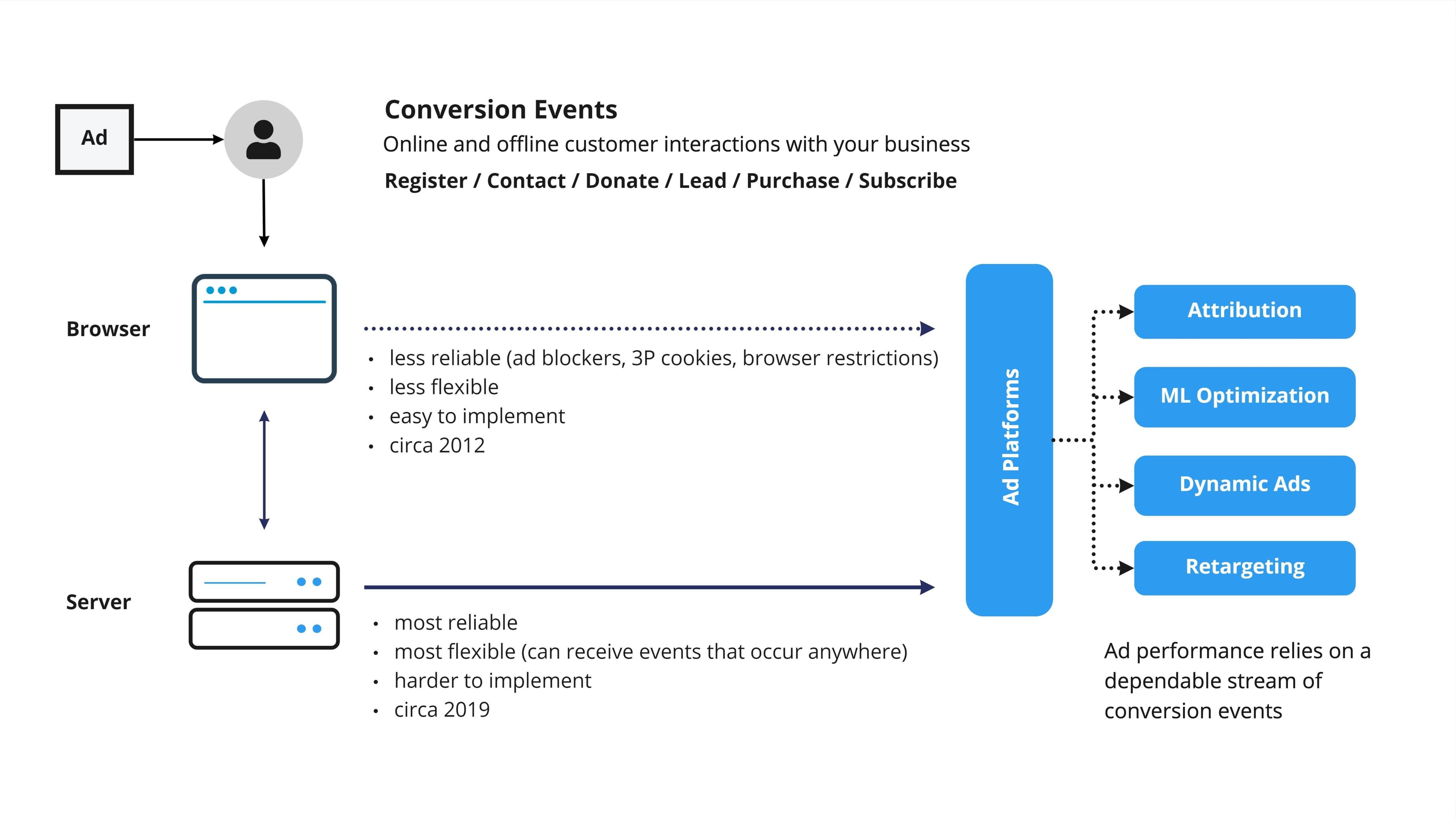
Implementing Conversion APIs allows you to track and send those signals server-side where ad blockers and browser restrictions cannot touch them. With server-side tracking, you can have confidence that 99.9% of your events will be successfully tracked and sent to the ad platforms.
As an added benefit, you have full control over what data is or is not sent, which is critical for complying with the customer’s data-sharing preferences.
2. Send offline conversion events
If you work in retail or any other market with strong offline sales volumes, you should be sending conversion events for those transactions, too. Sending offline conversion data will help the ad platforms drive purchases and reduce acquisition costs for in-store purchases.
Traditionally, sending that data to the ad platforms has been challenging because the data is stored in a data warehouse. Building an integration to read through every row of your database and send that data to an ad platform is resource-intensive and requires ongoing engineering maintenance.
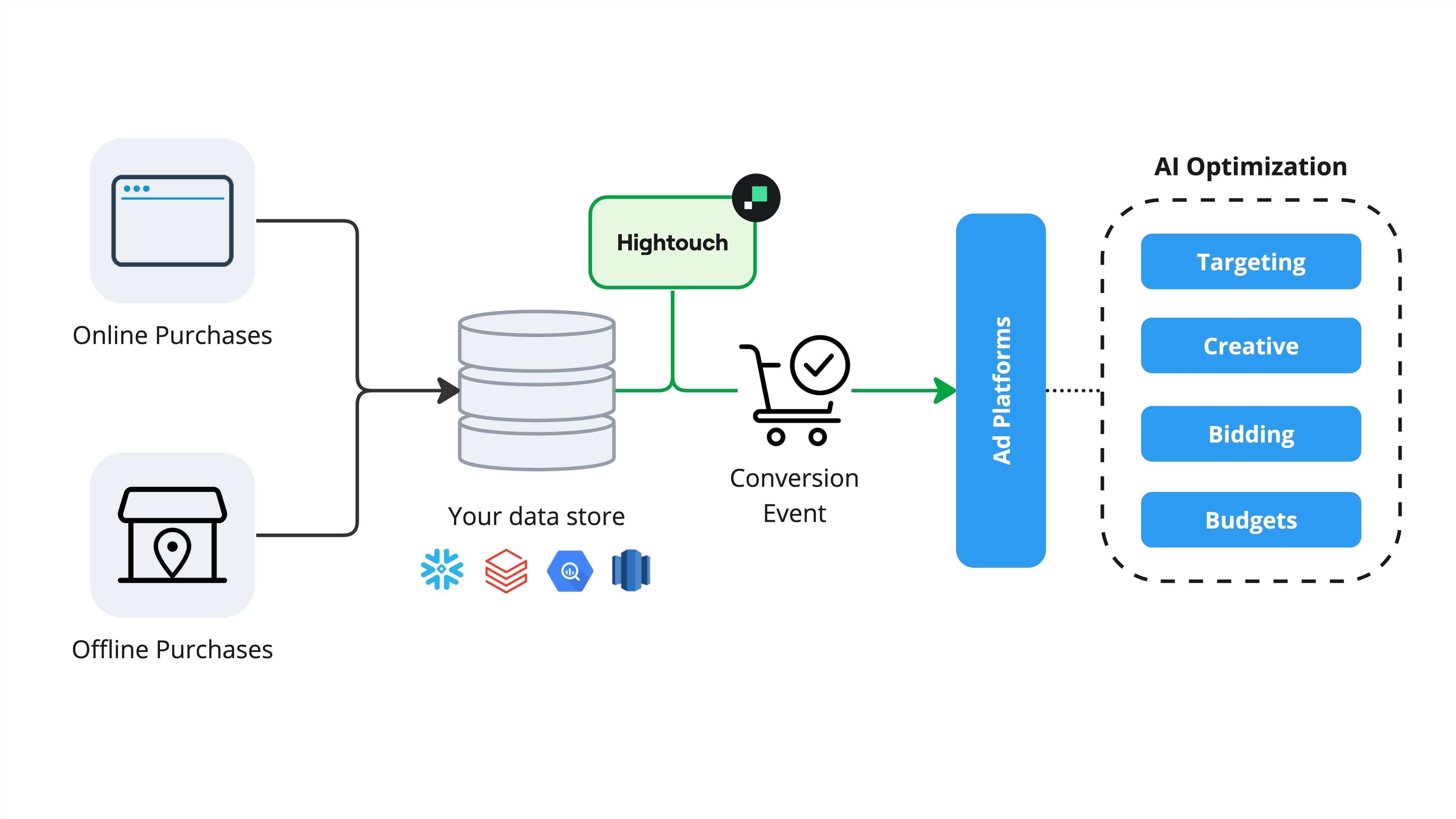
That’s where Hightouch comes in. Hightouch sits on top of your data warehouse, allowing you to set up automatic syncs that send your offline conversion data to the ad platforms using a simple SQL query or no-code audience builder. Here’s an example of how to send data to Facebook’s Conversion API from your data warehouse.
3. Match more events with customer identifiers
Now that you’re sending all of your online and offline data, you need to make sure the ad platforms can match those conversion events to people. Otherwise, the AI cannot learn and improve.
You can solve this by collecting more consented customer identifiers (like email addresses & phone numbers) and sending more of those hashed identifiers with every conversion event. The ad platforms can then use those identifiers to match conversions to people, improving the learning process and driving better performance in the future.
When you reach the limits of your first-party data collection abilities, I recommend investing in a third-party identity solution to fill in the data gaps in every conversion you send, driving even better match rates and conversion performance. Our Match Booster product does just that.
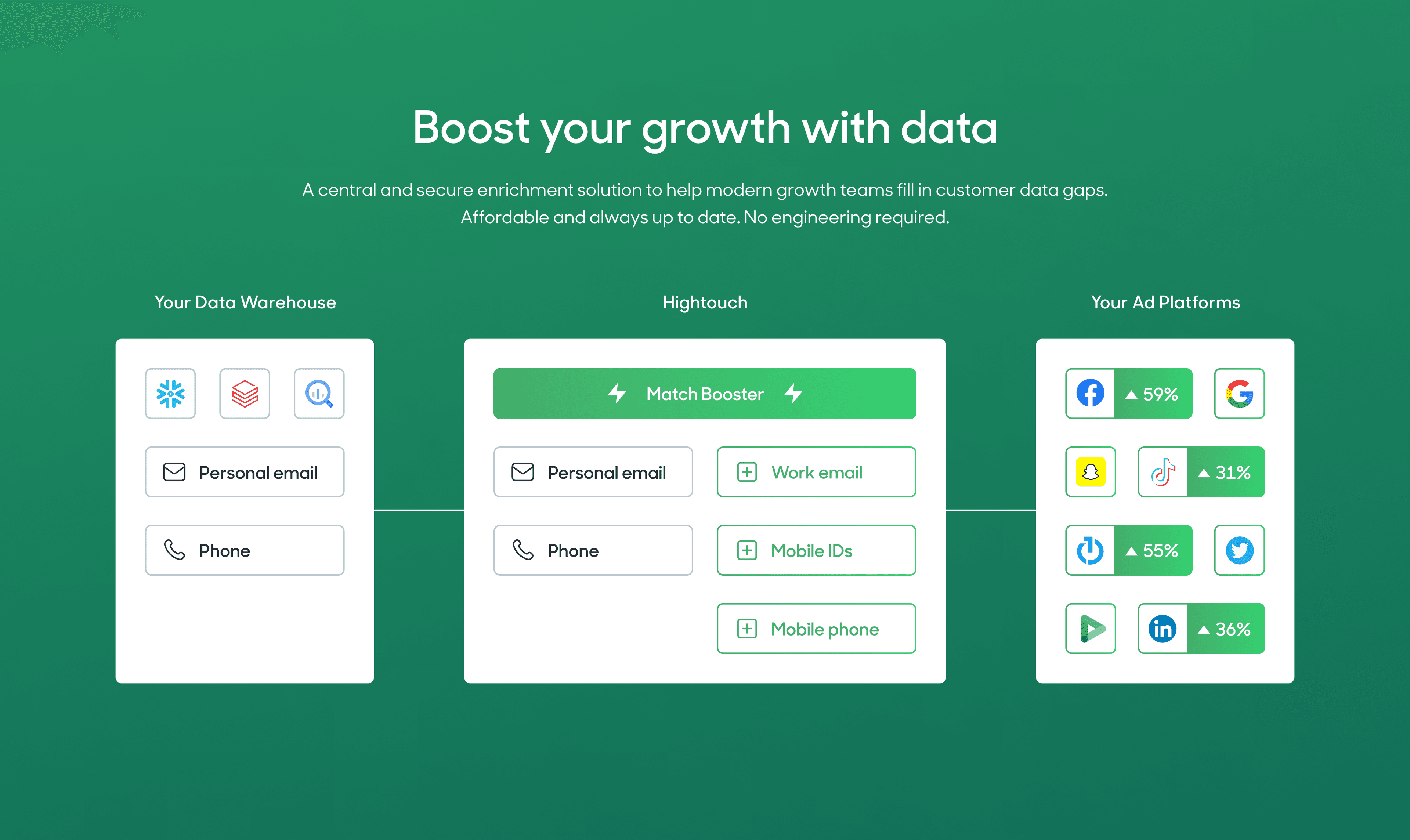
4. Improve ROI with value signals
The next step in the AI optimization process is to upgrade from a system that maximizes conversion volume to a system that maximizes revenue and profit. Not every purchase (or other conversion event) is worth the same amount. Some products cost more than others. Some have higher profit margins. Wouldn’t you rather invest more in selling high-value products and less in low-value ones?
With value-based optimization, you can.
To do this, you need to calculate and send the value of every conversion (e.g., purchase). The AI can then use this information to bid more on high-value conversions and less on low-value ones.
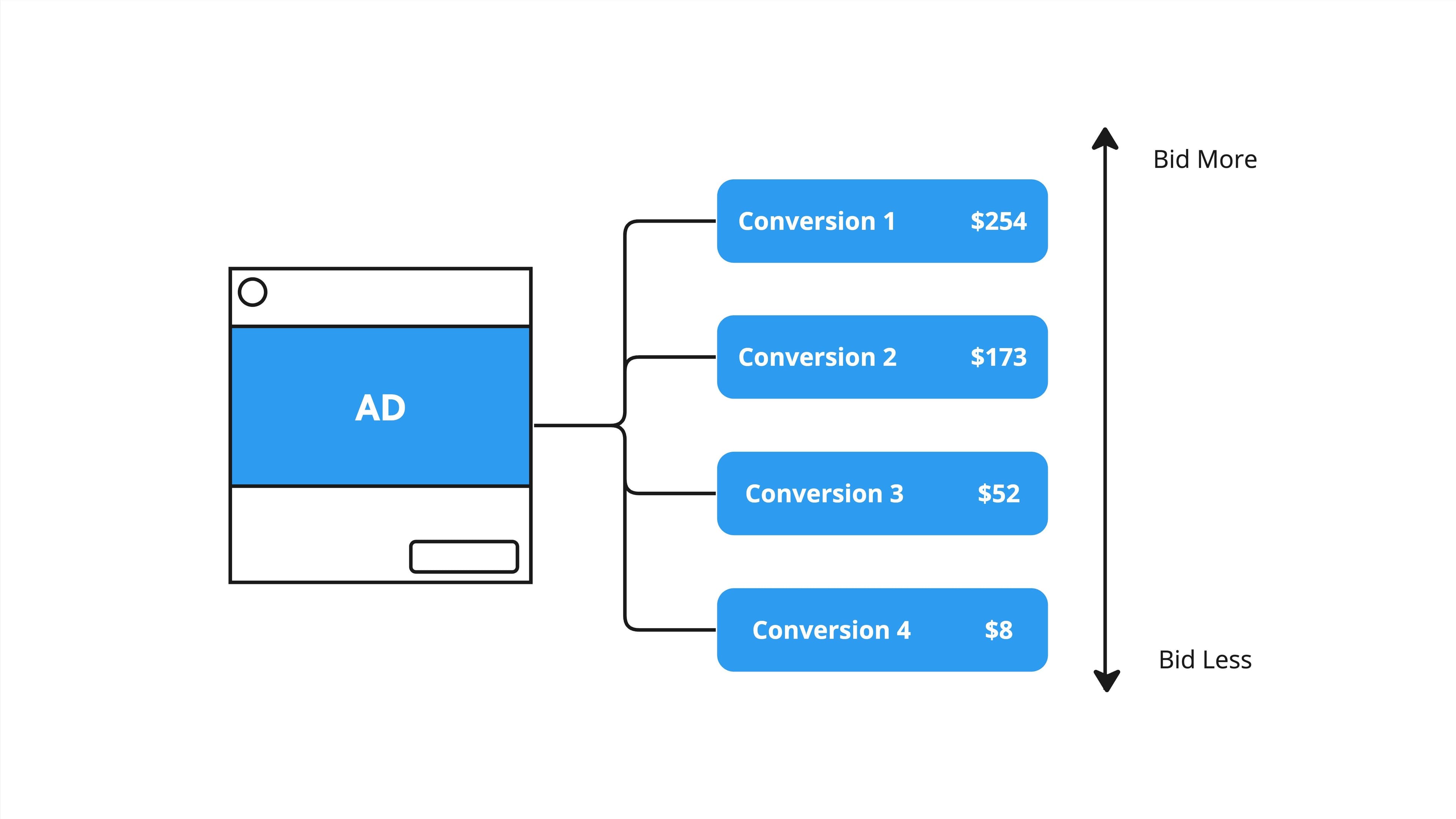
Companies at the beginning of their AI-powered advertising journey typically start by sending raw revenue data back to the ad platforms. A retailer, for example, can send the order amounts of every transaction. However, sending order values is sub-optimal and doesn’t work in markets where the purchase event happens weeks or months after an ad is first seen or clicked.
As your strategy matures, you will want to use a more advanced approach:
- Retail and e-commerce should move from revenue optimization to profit-based bidding by removing taxes and fees and factoring estimated margins into their calculation.
- Financial services companies should create ML-based synthetic conversions to predict loan approval values and rates.
- B2B companies should use machine learning to optimize for predicted closed won revenue (for sales-led teams) or to maximize LTV (for product-led teams).
These small changes to your definition of value will, over time, have an enormous impact on financial outcomes as the AI learns over hundreds, thousands, and millions of events.
The biggest hurdle in implementing these advanced strategies is typically joining and modeling the data. Most enterprises find that this is best done in a modern cloud data warehouse using SQL joins and warehouse-native ML tools. You can then use Reverse ETL to sync those modeled values with your conversion events to each advertising destination.
How to get started
Advanced conversion tracking implementations require technical sophistication, and at face value, it can seem very daunting to get started. Here are six questions you can ask to assess your AI maturity and where you can make your first investment:
- Are you sending conversion events server-side? (e.g., via a Conversion API)
- Are you enriching your conversion events with customer attributes?
- Are you enriching your conversion events with third-party identifiers?
- Are you sending value signals back with every conversion event?
- If the conversion doesn’t have a “real” value, are you predicting a value anyway?
- Are those values aligned with your financial goals (e.g., revenue vs profit)
Armed with those insights, work methodically through each step, arming your teams with the education, tools, and resources they need to accomplish the task.
When the implementation is done, it is time to let the systems learn and improve. Be patient. It can take 3 months or longer to see the impact, depending on your conversion volume. But the effects are durable, long-lasting, and compounding. Educate any stakeholders on this learning phase as early as possible to avoid executives scrutinizing the project before the effects have taken place.
Finally, reap the rewards of your investment. Watch acquisition costs drop and revenue rise as the AI systems get to work.
Need help getting set up? Contact our team. Hightouch works with hundreds of data-driven enterprises to implement AI-enhancing conversion tracking and maximize their advertising performance.






